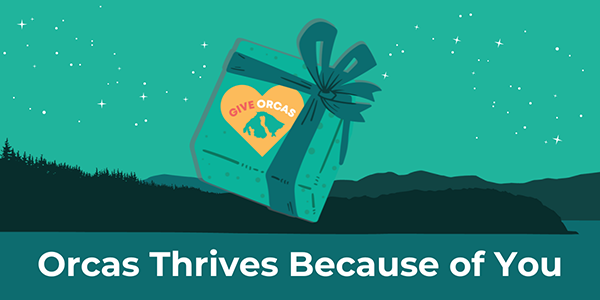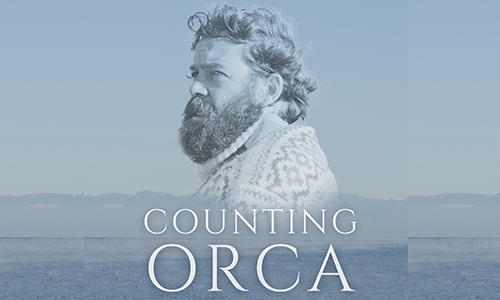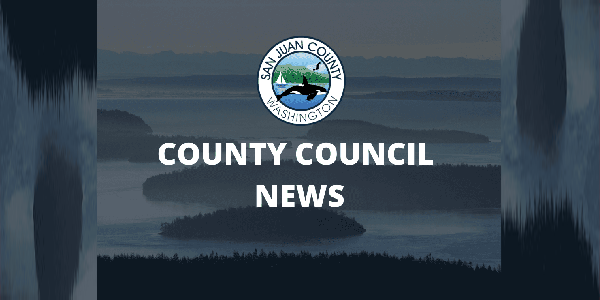||| ORCASIONAL MUSINGS BY STEVE HENIGSON |||
What’s so special about silver and gold, to make these metals more precious than the others, and to cause them to be the objects of value upon which money has traditionally been built?
There’s a bunch of important metals within Groups 10 and 11, in the Periodic Table of the Elements. They are nickel (Ni), copper (Cu), palladium (Pd), platinum (Pt), silver (Ag), and, most important, gold (Au). While most of them are valuable today as excellent conductors of electric current, their social and commercial worth long predates man’s use of electricity. So there must be something else that causes us to treasure some of them.
Platinum, gold, and silver are known as “the noble metals” because they are, essentially, non-reactive. The most prevalent chemical reaction in our normal atmosphere is oxidation. When it happens to iron-based metals, we refer to it as rust. But platinum, gold, and silver don’t rust. They are, generally speaking, permanent, and this gives them intrinsic value.
Also, gold and silver are easy to work. They melt at convenient temperatures, and can be cast into complex and detailed shapes, for instance coins. Even merely whacking on them with a hammer will make them bend to your will. Platinum, however, is neither so meltable nor so malleable, which has kept it from being used for coinage, and, until fairly recently, even for jewelry.
Further, all three are scarce, and this also adds value. When one or more of these metals is found concentrated in one place, people tend to congregate there to build flimsy temporary villages, where they work quite hard to extract the stuff from the ground. These same people also tend to kill each other over small areas of ore-bearing dirt, which, as a side-issue, has been known to produce both entertaining stories and the occasional rich man.
Gold mining may even have been important to Orcas Island’s early years, according to a little-known essay written by the noted historians, Sue Specht and Thomas Dau-Ting. They tell of a productive mine which exploited a rich vein of ore, deep within Mount Constitution. So many miners were employed to extract the gold, they said, that an entire town rapidly grew up within easy walking distance of the main shaft, and, somewhat later, a small railroad was built to bring the processed ore down into Eastsound, the island’s main village.
But the great Orcas Island Gold Rush didn’t last. The gold came out all too easily and much too quickly. Indeed, rumor has it that in just a few short years, almost all of Mount Constitution had been hollowed out from the inside. The mining enterprise failed, the miners’ village is now a decayed ghost town, and the railroad has almost entirely rusted away.
Nowadays, what’s left of the mine has become a very small, very secretive operation. And not only is the mine itself small, but, in order to reach every nook and cranny where precious metal may remain, so are the miners. Every work day, after breakfasting on their favorite cold cereal of toasted oat bits and sweet marshmallow pieces, their small pipes clenched firmly in their teeth, the feisty little miners march into the mountain, chattering among themselves in Gaelic. On weekends you can find them, dressed in festive green, perched on the tallest bar stools at Eastsound’s famous White Horse Pub.
You can read the entire story of the great Orcas Island Gold Rush at https://sites.google.com/site/wwwtownofrocklandcom/local-history.
**If you are reading theOrcasonian for free, thank your fellow islanders. If you would like to support theOrcasonian CLICK HERE to set your modestly-priced, voluntary subscription. Otherwise, no worries; we’re happy to share with you.**








